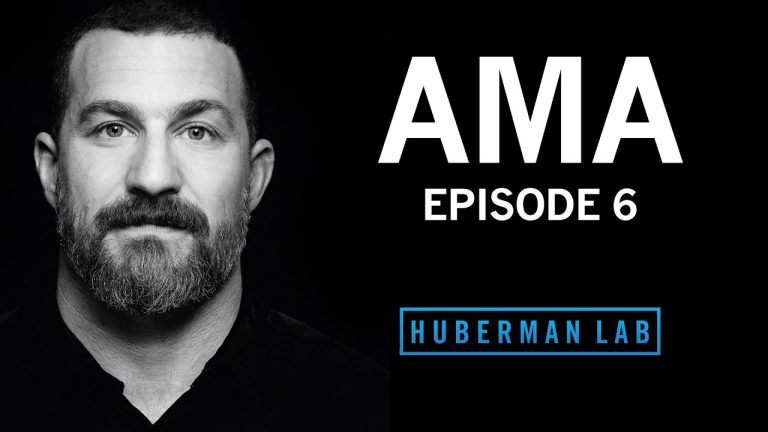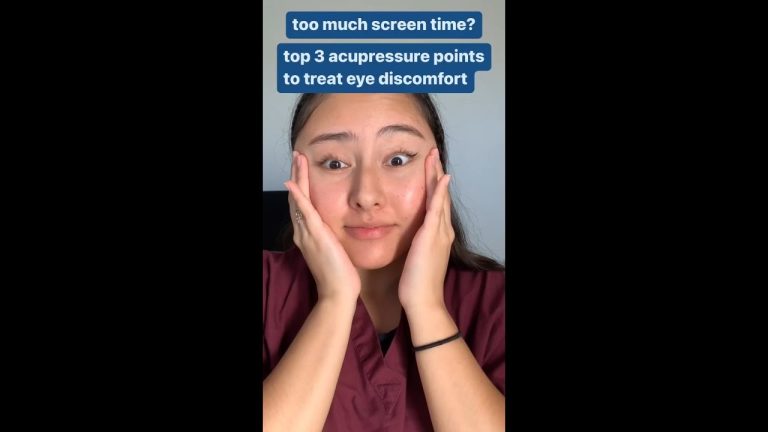Optimizing Eye Health: The Role of Medical Education in Vision Care
Our eyes are one of the most important parts of our body. They allow us to see and experience the world around us, and they deserve the best care possible. As a result, eye health is a crucial aspect of our overall health and wellbeing. This is why medical education surrounding eye health is essential.
Unfortunately, eye health is often overlooked, and medical education in this area is scarce. Eye conditions are more common than you might think, with an estimated 2.2 billion people globally suffering from vision impairment or blindness. Additionally, over 75% of all blindness and vision loss is avoidable or treatable with proper care.
Why is medical education important for eye health?
Medical education is essential for eye health for several reasons. Firstly, it helps to increase awareness about the importance of eye health and preventative measures that can be taken to avoid vision loss. Secondly, it helps to ensure that healthcare professionals are well-equipped to diagnose and treat eye conditions effectively.
Medical education regarding eye health should be a priority for all healthcare professionals, not just those specializing in ophthalmology. Family physicians, nurses, and other healthcare workers should have a basic understanding of common eye conditions, their symptoms, and their treatment options. This will aid in early detection and better management of eye conditions, ultimately leading to improved patient outcomes.
Common eye conditions
1. Cataracts
Cataracts are a common condition that affects many people as they age. They occur when the lens in the eye becomes cloudy and results in blurry vision. While cataracts can usually be treated with surgery, early detection is crucial.
2. Glaucoma
Glaucoma is a condition where the optic nerve becomes damaged, and if left untreated, can lead to permanent vision loss. Early detection and treatment are crucial in preventing vision loss from occurring.
AMD is a condition that affects the macula, which is responsible for central vision. It usually affects individuals over the age of 50 and can cause blurred or distorted vision. There is currently no cure for AMD, but early detection can help slow down the progression of the disease.
Protecting your eye health
There are steps that you can take to protect your eye health and avoid vision loss, such as:
- Getting regular eye exams
- Eating a healthy, balanced diet
- Wearing sunglasses with UV protection
- Protecting your eyes from injury
- Avoiding smoking
By taking these steps, you can help maintain your eye health and prevent common eye conditions.
Conclusion
Medical education surrounding eye health is crucial for both healthcare professionals and the general public. By increasing awareness about common eye conditions and protective measures that can be taken to avoid vision loss, we can work towards better eye health for all.
Contents
Most wanted in Hoya Vision:
What are prism eyeglass lenses?
Hoya Lens Engravings
What brand lenses does Costco use?
What does +0.25 mean on an eye test?
Should eyeglasses cover eyebrows?
Do tinted glasses help with migraines?
Hoya Identification Chart
What LED light is best for broken capillaries?
Does hyperopia worsen with age?
What is the difference between Ray Ban RB and Rx?
















